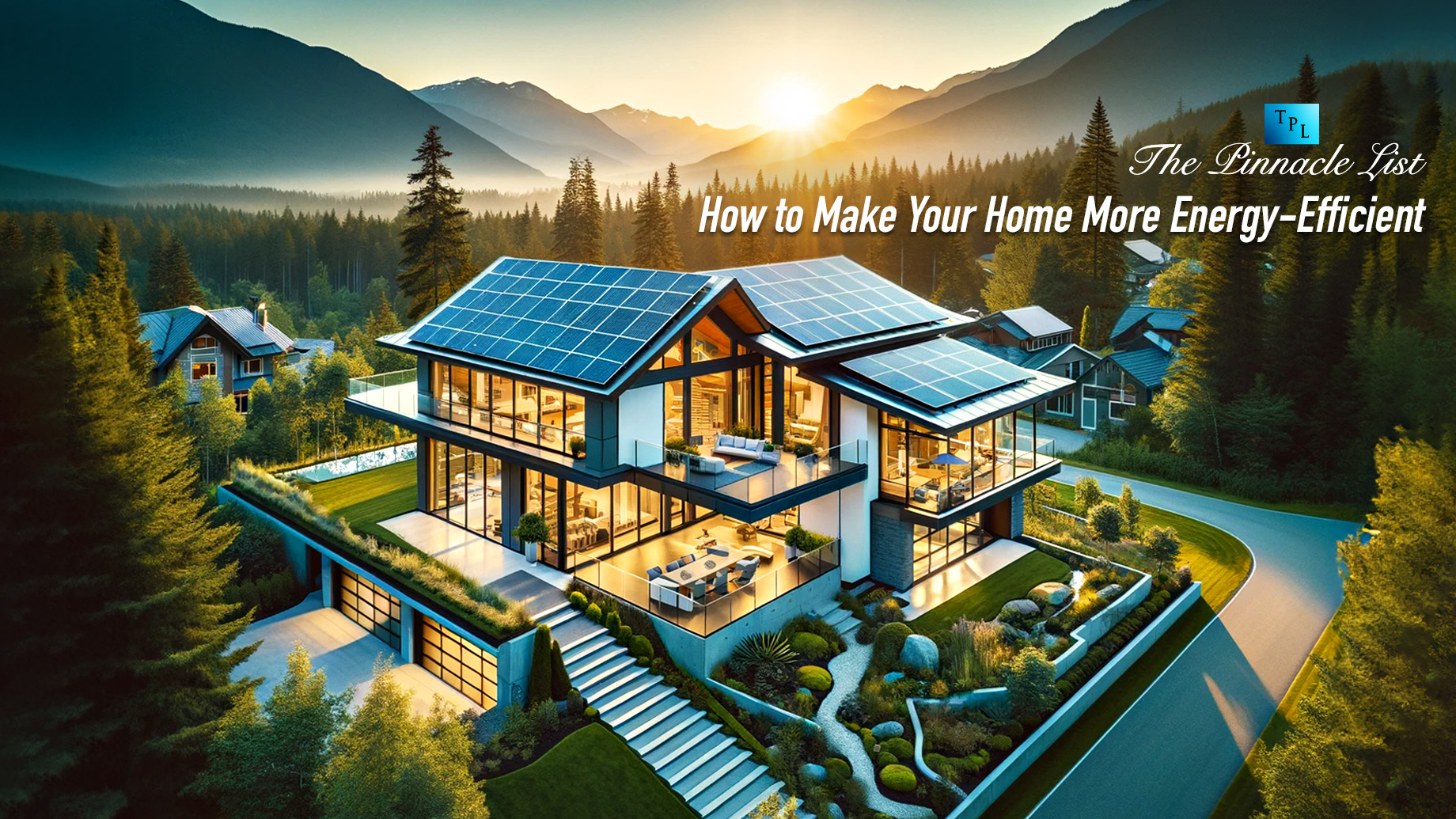
There are a few excellent reasons why you’d want to make your home more energy efficient—smaller energy bills, reduced carbon footprint, improved house’s sale value–to name a few. The best part is that using less energy in your home doesn’t have to make a massive dent in your budget.
Slight changes in your habits and construction can make a monumental impact on your home’s energy efficiency. In this article, we list eight practical and transformative ways.
1. Insulate Floors, Walls, and Ceilings
About one-third of the heat from central heating systems is wasted on walls and ceilings. Insulating these loss areas–floors, walls, and ceilings–can help you attain a more energy-efficient home.
Adequate insulation reduces energy bills and prevents heat from escaping during winter and unwanted heating from seeping inside.
The best options for insulation include:
- Blanket: batts and rolls
- Concrete block insulation
- Insulation concrete forms
- Structural insulation panels
2. Energy Efficient Lights
Light makes up 11% of average household consumption. So, switch them up with low-energy ones to reduce your annual carbon dioxide emissions by 50kg and save money.
Light-emitting diode (LED) and Compact Fluorescent Lamp (CFL) bulbs are the most energy-efficient lighting choices. Plus, these bulbs, especially LEDS, can last up to 35-50 times longer than traditional incandescent bulbs, which makes up for the initial higher cost.
3. Install Solar Panels
Solar panels are one of the most popular clean and renewable energy sources, capable of naturally increasing your home’s energy efficiency.
While the initial installation can be expensive (between $14000 and $22,000 before federal tax), solar panels can significantly reduce your electricity bill in the long run. Also, once installed, you are free for life–no repair or replacement.
Even better, pair the panels with a home battery backup system. This will help store the excess energy generated by your solar panel during the day, ensuring a consistent power supply at night or during power outages. The system will also improve your energy independence and security.
4. Blackout Curtains
You must have noticed that some rooms are constantly hotter. Or the air conditioner takes longer to cool certain rooms. This could be due to the sun’s impact.
A great way to tackle this is by using blackout curtains. The shade will make your room extremely dark–keeping sunlight out and your rooms much cooler.
Moreover, since they come in a variety of shades, patterns, and designs, you can always find ones that fit your home’s aesthetic, like a glove.
5. Use Smart Thermostat
Smart thermostats help you visualize the details of your energy usage patterns while allowing you to customize their settings.
Using these, you can check in on your home to see if all the lights and appliances are turned off, even from your office.
Here are a few brownie tips:
- Set your thermostats between 18°C and 20°C during winter to decrease the running cost by 10%.
- In summer, keep it between 24°C and 26°C.
- Remember, every one-degree change in your thermostat will help you save money.
6. Change Air Filters
While it’s not a quick fix, changing air filters cannot be overlooked when you’re talking about energy efficiency. Clean air filters:
- Allow your HVAC systems to operate more efficiently
- Improve air circulation through ducts and vents
- Prevent buildup–thus extending equipment lifespan
- Keep your home safe from potential fire hazards
Moreover, regularly changing your air filters will reduce the stress on your cooling and heating systems and enhance temperature regulations.
7. Install Energy-Efficient Hot Water System
Hot water accounts for 16% of Victorian households’ energy costs. Installing energy-efficient hot water systems and using them wisely can make a big difference.
You should carefully consider your household size, budget, and preference for instantaneous or storage systems when choosing a hot water system.
Also, consider using cold water wherever possible. Sure, you need warm water for showers, but if you use it for everything–from laundry to dishwashing cycles–you could be burning more energy.
Speaking of water usage, look for ways to reduce your overall water consumption. Adopt water-saving habits into your daily routine to save even more energy (and water).
8. Conduct an Energy Audit
Finally, before you make significant upgrades, find out exactly how much energy your home uses and where. Conducting a basic energy-efficiency audit of your home will give you a better sense of its strengths and weaknesses and where you can save the most.
While you can request energy auditors for a comprehensive audit (that can cost between $100 and $1650), you can also DIY on a smaller scale.
Start with checking:
- Windows for potential drafts
- Insulation in your attic
- AC, water heater, and AC
- Lights
- Fireplaces damper (ensuring it’s not damaged)
- Appliances and electronics
Once you complete the audit, you can proceed with developing and implementing your improvement plans.
Improve your Home’s Energy Efficiency
Running an energy-efficient home is a lifestyle choice. The above eight ways are the perfect starting point for you to adopt this lifestyle.
Start with no-cost and low-cost improvements, like bulb replacement (#1) or adding darkening curtains (#4). Then, move on to the bigger changes, such as installing solar panels (#3)—soon, you’ll start noticing the dips in your energy bill and carbon footprint.